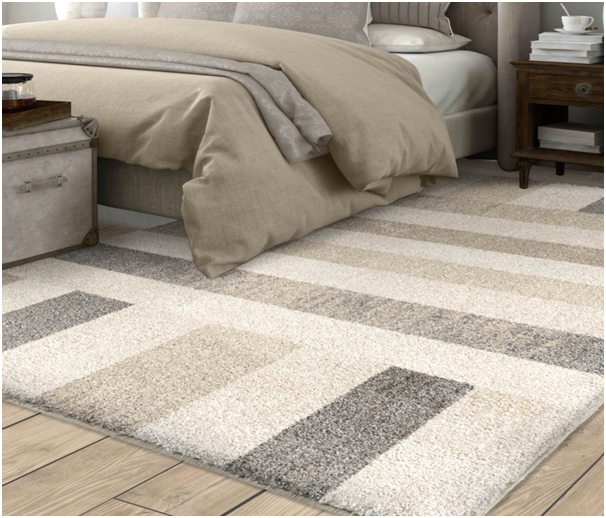Banana Fiber and Jute Rugs: What’s the Difference?
Humans have used different natural fibers over millennia,
in addition to wool, cotton, and silk. Sisal and jute are the most common, but
coconut, bamboo, and banana fibers are also
used.
Since the market for Eco-friendly products has increased in recent years, these fibers are being utilized in rugs. Natural living is now again trendy, with a focus on sustainability. Based on the plant, the individual fibers have various qualities. Overall, natural & eco-friendly fiber rugs are always a smart buy. Sustainable fiber rugs made of these materials add comfort, a natural flair, and contribute to a pleasant indoor climate all thanks to their natural characteristics.
Jute Fibers
Jute is a burlap-like fiber made from glossy, green stalks that are soaked, scraped, and spun before being weaved. As a result of this procedure, the fibers take on a natural brown color, but they can also be dyed in many colors. Jute carpets have a great irregular texture that adds a natural touch to any room.
Pros: Since jute fibers are harvested from the plant's stem rather than its leaves, they are exceptionally soft, almost like wool.
Cons: It's the least durable out of all due to its suppleness, so it's best for low- and medium-footfall areas.
Maintenance and cleaning: Vacuum regularly, and clean up spills as quickly and efficiently as possible.
Banana Fiber & its Properties:
It's amazing to think about how versatile the banana plant is. Almost every portion of the plant has a specific purpose. The "pseudostem" (trunk part) is thrown as agricultural trash once the fruit is harvested. Sustainable banana silk rugs and carpets are made from the silk obtained from banana plant stem after they have been harvested and processed.
This pseudostem biomass is a great source of natural fibers, which may be used to make a variety of products such as pickles, fertilizers, compost, textiles, and more. Here are some of the properties of eco-friendly banana fiber rugs listed below which distinguishes them from others-
· Banana fiber is similar to bamboo fiber, but it has a finer texture and is more spinnable.
· Cellulose, hemicellulose, and lignin are the chemical components of banana fiber.
· The elongation is not so long as compared to jute fibers.
· Depending on the extraction and spinning processes, it has a shiny appearance.
· It is quick to absorb and release moisture.
· It is biodegradable and has no adverse environmental impact, hence it is classified as an environmentally friendly fiber.
· It can be woven in a variety of ways, including ring spinning, open-end spinning, quick fiber spinning, and semi-worsted spinning.
What Distinguishes Banana Fibers from other Types of Fibers?
Banana fiber is an environmentally safe, chemical-free, non-toxic, and odor-free solution to all synthetic and natural fibers. Banana fibers have natural cooling and therapeutic properties that benefit the user's health and are completely safe because no dangerous chemicals or colors are used. Banana fiber has a lower lignin level than jute.
Final Words
Many villages in southern India have become centers for banana fiber production, with every household involved in the fiber extraction process as a source of livelihood. The use of banana fiber would be a novel way to reduce pollution while also boosting our economy for a better future.



Comments
Post a Comment